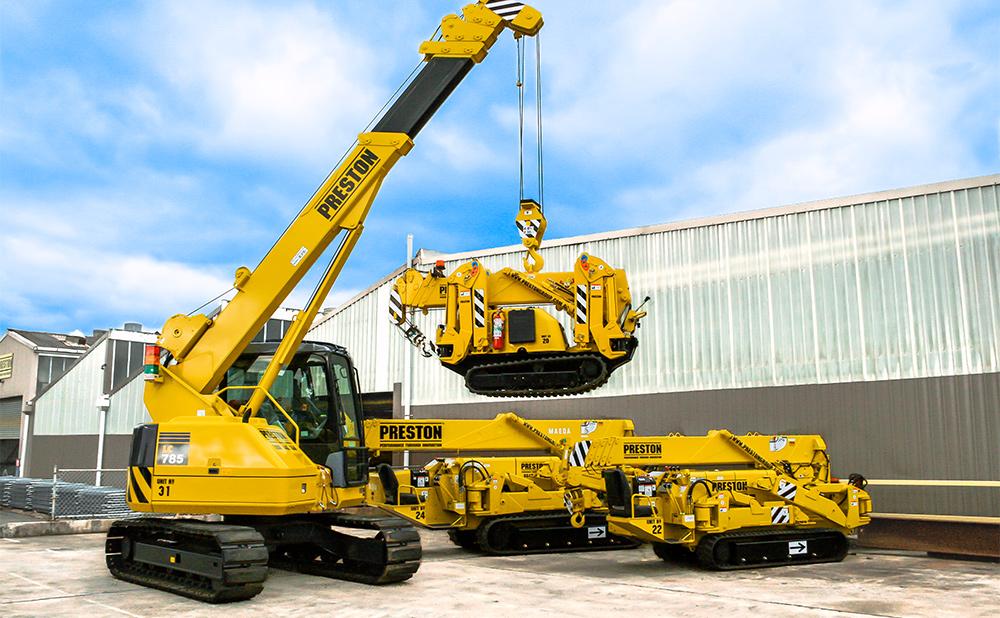Sign installation is among the key factors in advertising. Setting up signs helps you place markers on where your business is.
It can also act as beacons. It announces that your business exists and you’re always ready for customers.
The tricky part with signage is in the setup. To get it right, you need to plan your sign installations.
Today, we will look at the steps that go into sign installation. It also includes the factors and pointers to remember when doing so. Read on and learn more:
Table of Contents
Concept Planning
Before proceeding with the sign installation, you must know your working concept. It’s the stage to plan those factors, like the sign’s location and appearance.
It starts with the idea for the sign. Evaluate its purpose and what you wish to advertise. Developing these ideas further would shape the sign’s final appearance and content.
Part of this planning stage is noting the initial ideas for materials and tools to install signs. Consider elements that would help the sign’s longevity. It also includes countermeasures against vandalism, such as anti-graffiti finishes or wind loading.
Another component of the concept planning stage is deciding the budget for the whole project. It determines various project details like the size and material. The price for those factors also comes into play.
Site Inspection and Survey
The next part of the process is to check the planned location for the sign. Takes note of the area and the surroundings within the vicinity. These considerations include the terrain.
Make a full survey of the area and take note of anything that may affect your installation process. Certain hindrances might make your sign less visible, like taller buildings and thick foliage. When you can’t do anything about these, consider moving the sign’s location elsewhere.
In some cases, a technical survey is necessary. Setting them up at a certain height requires finishing this task. It prevents and avoids certain issues during and after the installation process.
Site inspection also helps decide the poles’ locations and the tools necessary. You also need to pay attention to other areas in logistics such as power supply, vehicle access, and so on.
You must confirm both site health and safety requirements at this stage. These include inductions or special permits for the installation team. It will avoid encountering more trouble as the process progresses.
Signage Design and Prototype
Once you note the details on the site, it’s time to design your sign. You must have working prototypes of the sign at this stage. It includes the appearance and gimmicks that would come to play once it becomes functional.
It’s the part where the creative concept takes shape, giving it a tangible form to see if it works out when installed on the proposed site. The design aspect works on stages, each noting how feasible it is as you go through them.
After completing this section, start creating a prototype to see if it works better. Some aspects of the design would also factor in the structures that hold it aloft. Once you finish these parts, create a PDF proof and have it checked for approval.
Manufacturing the Sign
Once you finalize the details on the sign and receive the approval, it’s time to make the sign. It factors in the materials noted on the project. You have a huge range of materials at your disposal, depending on what you have.
The usual setup for the materials in place includes aluminum and steel for the frames. Some use wood for the frames as well. It’s because of the durability and aging when properly maintained.
For the sign’s paint or ink, it must have finishing and layers that ensure its longevity. It includes weather-proof finishing such as film. When night hits, you also need some lighting to make sure people see your signage.
Sign Installation
Each sign has a specific method for its installation. Take note of what you chose for the sign as those would have specific parts required to keep the sign-up.
For instance, vinyl banners are the easiest process. You only need to attach ropes to the poles to keep it aloft. Panel signs require you to drill holes on the wall to attach them. Meanwhile, acrylic and PVC signs need double-sided adhesive tape to keep them from falling off the wall.
In other cases, you would have massive signs that would require solid frames to keep them up. This is the case with neon signs and backlit signs. You have to set up a frame first and then the electrical portions for the lights, before putting up the sign itself.
For situations where poles are necessary, you’ll also need hydro-vac trucks. To know more, you can check out this guide.
Maintenance
Keeping the sign in its best condition would be the final step after your signage is up and running. You need to have scheduled signage maintenance to keep it going. It includes fixing the broken portions and cleaning the sign to keep them clear and visible.
Check the sign and update its content now and then. Interactive signs stand out, ensuring that the sign’s contents are up-to-date whenever you have a new offer. Nothing displeases potential customers more than learning that an offer already expired.
Learn the Basics of Sign Installation
There is more to sign installation than the actual task. You have the planning stage on how the sign should look like, the materials used, and the location. Once you consider those factors, the last thing after installation is maintenance.
When you set all of these elements in place, your signage should look better and last longer until a new idea comes up for another sign design.
Did you find this helpful? We also have other articles you can check out today. We cover topics focused on engineering, architecture, and much more.





